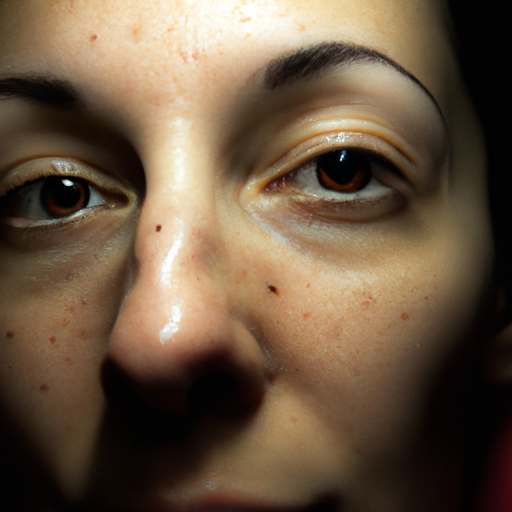Exfoliation is a crucial step in maintaining healthy, radiant skin. It involves the removal of dead skin cells from the surface of your skin, which not only improves your complexion but also enhances the effectiveness of other skincare products. This article will provide a comprehensive guide to face and body exfoliants and their usage.
Exfoliants can be categorized into two main types: physical and chemical. Physical exfoliants are products or tools that manually remove dead skin cells through scrubbing or brushing. They include scrubs with granules, brushes, and microdermabrasion kits. On the other hand, chemical exfoliants utilize acids or enzymes to dissolve the bonds between skin cells, allowing for easier removal. These include products containing alpha hydroxy acids (AHAs), beta hydroxy acids (BHAs), and enzymes.
Physical exfoliants are generally more straightforward to use. They can be applied directly to the skin and massaged in a circular motion, then rinsed off. However, they should be used with caution as over-exfoliation can lead to skin irritation and damage. It’s recommended to use physical exfoliants once or twice a week, depending on your skin type and sensitivity.
Chemical exfoliants require a bit more care in their usage. They should be applied to clean, dry skin and left on for a specified amount of time before being rinsed off or left on overnight, depending on the product instructions. As with physical exfoliants, overuse can lead to skin irritation, so it’s important to start with a lower concentration and gradually increase as your skin builds tolerance.
When choosing an exfoliant, it’s crucial to consider your skin type and concerns. For instance, if you have oily or acne-prone skin, BHAs like salicylic acid would be beneficial as they penetrate deeper into the pores and help unclog them. On the other hand, if you have dry or sensitive skin, AHAs like lactic acid would be more suitable as they are milder and have moisturizing properties.
For the body, physical exfoliants like body scrubs or brushes can be used to remove dead skin cells and improve skin texture. However, areas with thinner skin, like the chest and neck, may be more suited to chemical exfoliants.
It’s also important to note that exfoliation increases your skin’s sensitivity to the sun, so it’s essential to apply sunscreen after exfoliating during the day.
In conclusion, exfoliation is a key step in achieving radiant, healthy skin. Whether you choose physical or chemical exfoliants, remember to use them appropriately and consider your skin type and concerns. With regular and correct usage, you’ll soon notice an improvement in your skin’s texture and complexion.
Remember, everyone’s skin is unique, so what works for one person may not work for another. It may take some trial and error to find the right exfoliant and frequency of use for your skin. But once you do, you’ll be well on your way to unveiling your skin’s natural radiance.
In the world of skincare, knowledge is power. Understanding how different exfoliants work and how to use them correctly can make a significant difference in your skincare routine. So, here’s to a better understanding of exfoliants and to achieving that radiant glow we all desire!




